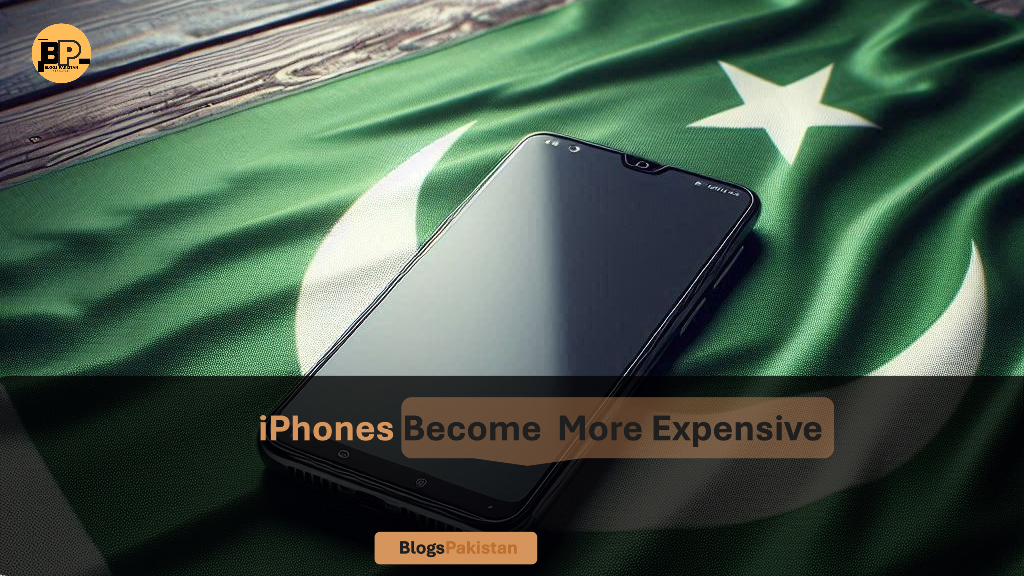Introduction
The iconic iPhone, a staple of modern technology, may soon become even more costly for American consumers. Recent reports indicate that the Biden administration is considering escalating tariffs on Chinese imports, including consumer electronics like smartphones. For Apple, which manufactures nearly all iPhones in China, these tariffs could force a significant price hike—adding financial strain to buyers already grappling with premium pricing. Here’s what this means for consumers, Apple, and the broader tech landscape.
The Tariff Tightrope: US-China Trade Tensions Escalate
The US has maintained a hardline stance on Chinese imports since the Trump-era trade war, imposing tariffs on $370 billion worth of goods annually. While the Biden administration initially paused some tariffs for review, recent geopolitical friction—from semiconductor restrictions to concerns over China’s tech ambitions—has reignited calls for tougher measures.
What’s New?
In May 2024, the Office of the US Trade Representative (USTR) proposed raising tariffs on Chinese electronics, including smartphones, from 7.5% to 15–25%. This move aims to curb reliance on Chinese manufacturing and protect domestic industries. However, with over 90% of iPhones assembled in China, Apple finds itself squarely in the crosshairs.
Why iPhones Are Vulnerable
- Supply Chain Dependence:
Despite efforts to diversify production to India and Vietnam, Apple still relies heavily on China’s ecosystem of suppliers and factories. Tariffs could disrupt this delicate network. - Component Sourcing:
Even components like displays, batteries, and chips are often sourced from Chinese manufacturers. Higher tariffs on these parts could inflate production costs before assembly. - Retail Price Pressures:
Analysts estimate a 15% tariff could add 50–50–150 to iPhone prices. For example, the iPhone 16 Pro Max, currently priced at 1,199,mightleapto1,199,mightleapto1,349.
Apple’s Dilemma: Absorb Costs or Pass Them On?
Apple faces a tough choice:
- Raise Prices: Risk losing price-sensitive customers to competitors like Samsung or Google.
- Eat the Cost: Sacrifice profit margins, which currently hover around 40%, to retain market share.
Historically, Apple has passed tariff costs to consumers. In 2019, Trump’s 15% tariffs prompted a 10% price hike on the Apple Watch and AirPods. This time, with inflation already squeezing wallets, the stakes are higher.
Tim Cook’s Balancing Act:
In a recent earnings call, CEO Tim Cook emphasized Apple’s “long-term investments in diversification,” including expanding production in India. However, analysts warn that scaling non-Chinese operations could take 3–5 years—far too slow to offset immediate tariff impacts.
Consumer Fallout: Who Gets Hurt?
- Upgrade Enthusiasts:
Loyal Apple users who upgrade annually may delay purchases or opt for refurbished models. - Budget-Conscious Buyers:
The iPhone SE and older models, popular for their affordability, could disappear from shelves if tariffs hit lower-tier devices. - Enterprise and Developers:
Businesses relying on iPhones for workforces and app developers tied to iOS may face higher operational costs.
Broader Implications for the Tech Industry
- Android Alternatives:
Samsung and Google could capitalize by marketing tariff-free devices made in Vietnam or South Korea. - Supply Chain Shifts:
Tariffs may accelerate the “China+1” strategy, pushing Apple and others to fast-track factories in India, Mexico, or Thailand. - Innovation Slowdown:
Rising costs might force Apple to cut R&D budgets, delaying breakthroughs in AI, AR, or hardware.
Political Pushback and Legal Challenges
The tariff proposal has sparked backlash:
- Tech Lobby Resistance:
The Consumer Technology Association (CTA) warns tariffs will “stifle innovation and harm US consumers.” - Legal Gray Areas:
Critics argue tariffs could violate WTO rules, prompting lengthy trade disputes.
What Can Consumers Do?
- Wait for Sales:
Retailers like Amazon or carriers (Verizon, AT&T) may offer deeper discounts to offset sticker shock. - Consider Refurbished:
Apple’s certified refurbished store provides cheaper, warrantied options. - Advocate for Change:
Contact lawmakers to voice concerns about tariff-driven inflation.
The proposed US tariffs on Chinese electronics threaten to push iPhone prices into uncharted territory, testing brand loyalty and reshaping global supply chains. While Apple scrambles to diversify production, consumers may need to brace for a new era of premium pricing. In the high-stakes game of US-China trade, the iPhone’s fate underscores a sobering truth: in geopolitics, even the most iconic gadgets aren’t immune to becoming collateral damage.










